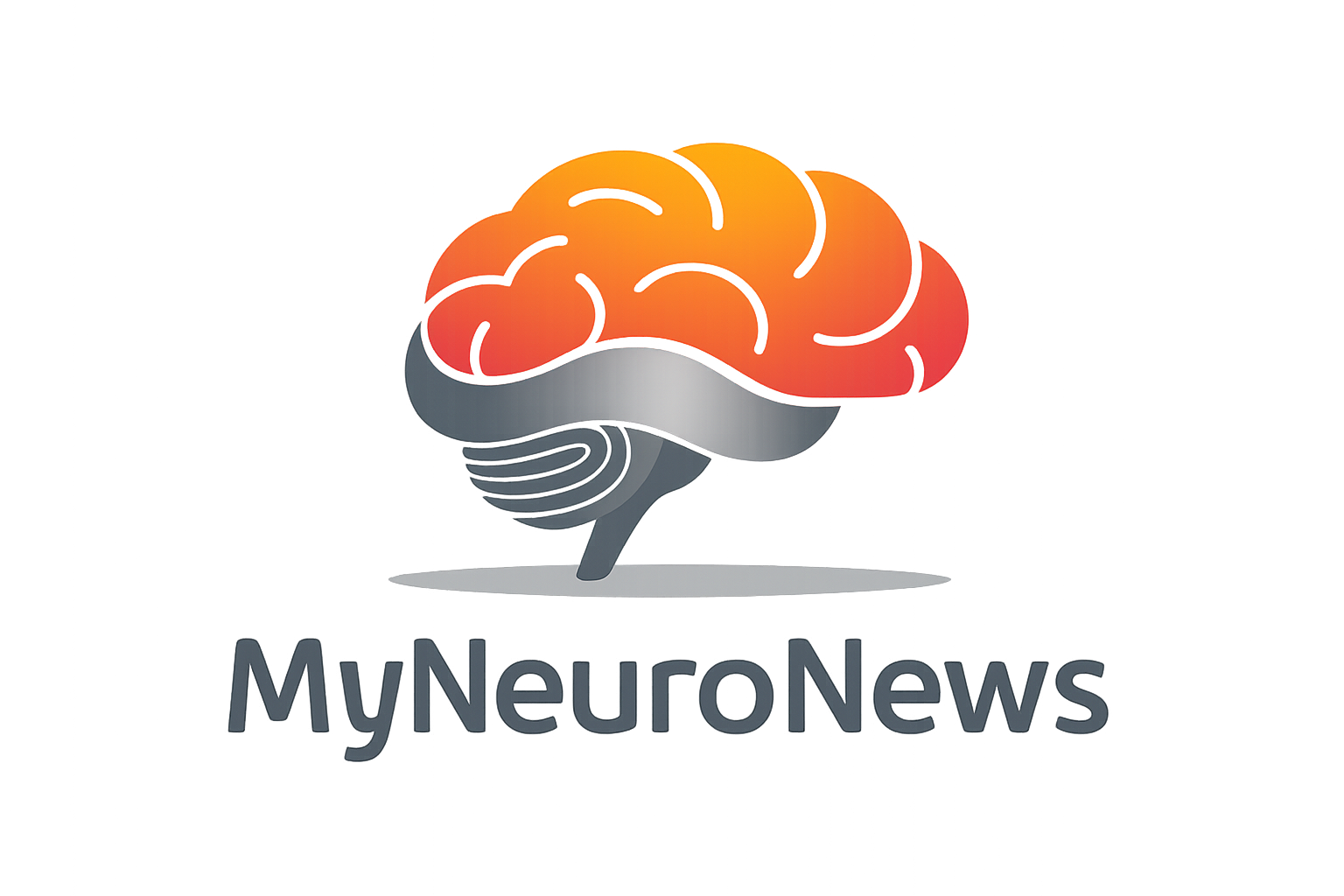Recent research has shown significant connections between chronic traumatic encephalopathy (CTE) pathology and a variety of cognitive, functional, and neuropsychiatric symptoms. CTE, a neurodegenerative condition associated with repetitive head impacts, presents complex clinical features influenced by the accumulation of hyperphosphorylated tau (p-tau) in specific brain regions.
One of the key findings is the association between the density and location of tau pathology and cognitive decline. In particular, p-tau accumulation in the frontal cortex has been strongly linked to executive dysfunction and difficulties in daily functioning. This supports previous findings that executive function impairments are often the earliest and most prominent cognitive deficits in neurodegenerative diseases. In CTE, such impairments may manifest as memory issues, problems with attention, and difficulties in managing everyday tasks. Functional activities like handling finances, planning, and organizational skills were found to decline in parallel with tau aggregation in brain regions such as the frontal cortex and inferior parietal cortex.
Additionally, the accumulation of tau in the amygdala has been associated with neurobehavioral symptoms, including impulsivity, aggression, and apathy. The role of the amygdala in mood regulation and behavior is well-documented, and its degeneration in CTE correlates with a higher likelihood of impulsive behaviors and emotional instability. Patients with high levels of tau in the amygdala were found to have elevated scores on standardized scales measuring these symptoms.
Interestingly, while cognitive and functional impairments were clearly associated with tau density in various regions, the study highlighted a weaker connection between tau pathology and neuropsychiatric symptoms such as depression and aggression. This suggests that while tau accumulation plays a role in cognitive and functional decline, other factors may contribute to the onset of mood and behavioral symptoms in CTE.
One of the most profound implications of these findings is the importance of the frontal cortex in CTE pathology. This region not only governs executive functions but also plays a central role in regulating emotional responses and social behavior. As CTE progresses, the extent of tau aggregation in the frontal cortex increases, leading to more severe cognitive and behavioral symptoms. The inferior parietal cortex, another region affected in later stages of CTE, was also found to be significant in the progression of executive dysfunction and cognitive decline.
Furthermore, the study highlights that tau aggregation alone does not fully explain the neurodegenerative process in CTE. In some cases, neuroinflammatory processes, white matter degeneration, and other factors, such as a history of concussions or other head injuries, may contribute to the observed clinical symptoms. Therefore, while tau pathology is a major hallmark of CTE, it is only part of a broader spectrum of neuropathological changes that underlie the disease.
These findings emphasize the need for early diagnosis and intervention in individuals exposed to repetitive head trauma, such as athletes and military personnel. As CTE progresses silently before symptoms become apparent, early detection through biomarkers and neuroimaging, especially targeting tau pathology in the frontal cortex, could be crucial in mitigating the long-term impacts of the disease.
In conclusion, the research sheds light on the intricate relationship between tau pathology and the clinical manifestations of CTE. It underscores the critical role of tau accumulation in the frontal cortex, inferior parietal cortex, and amygdala in driving cognitive, functional, and neuropsychiatric decline. However, the study also indicates that tau is not the sole determinant of symptom severity, and a combination of factors likely contributes to the overall disease progression. The insights from this research pave the way for improved diagnostic criteria and potential therapeutic targets aimed at mitigating the devastating effects of CTE.

